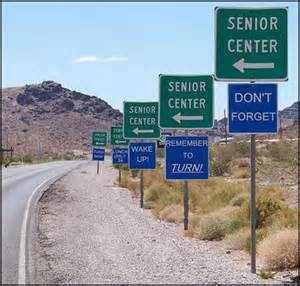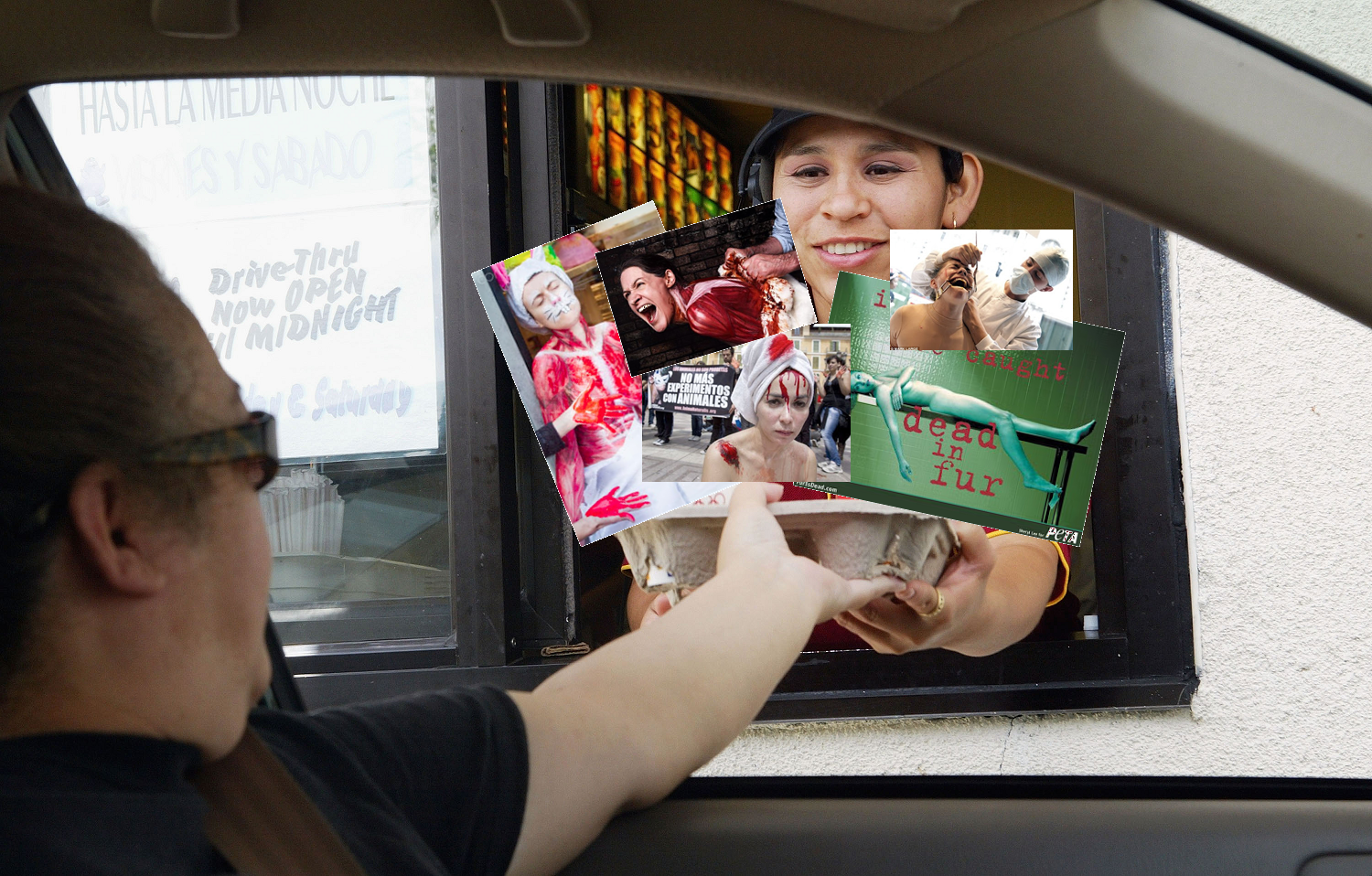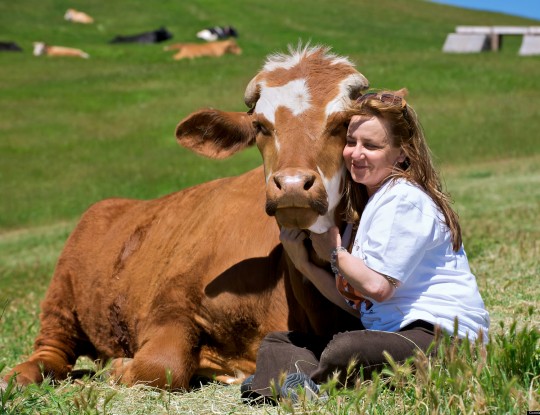Trigger Warning: This essay discusses sexual harassment and assault.
Not Safe for Work: Contains one sexually suggestive photograph.
I want to preface this essay by clarifying that I am not a medical professional, nor am I licensed in counseling or anything of that nature. I specialize in gender studies, feminist theory, and social movement theory with an emphasis on politics in the Nonhuman Animal rights space. This essay intends to share wisdom based on this expertise and is not meant to offer psychological or medical advice.
Let’s start with context: the Nonhuman Animal rights movement is 80% female. A large percentage of these women are college age, and the movement specifically targets college age persons. The movement is also male-led and adheres to patriarchal norms. Masculinized violent tactics like aggressive confrontation or property destruction tend to be celebrated. As are patriarchal tactics like sexual objectification, whereby female-identified activists are pressured to sexually objectify themselves “for the animals.” So, what we have here is a very toxic situation where men are elevated for violent, patriarchal, and sexist behavior, and the movement is predominately populated by young women (a group that is especially vulnerable to sexual assault, rape, murder, and other forms of male violence) who are valued primarily as sex objects.

Men enter the Nonhuman Animal rights movement with the expectation and understanding that female-identified activists exist primarily as sex objects. This also creates a movement culture where activists of all genders may find it difficult to believe survivors who speak out about their experiences.
The unfortunate result is that violence against women in our community is extremely common. Please review our victim services page to learn more about what constitutes violence. Readers may also want to check out Emily Gaarder’s 2011 Women and the Animal Rights Movement, which includes an ethnographic survey of violence against women. I also recommend The Revolution Starts at Home: Confronting Intimate Violence Within Activist Communities (Chen et al. 2011). Abusers take advantage of social justice spaces where they know young women will be easily accessible, where survivors will be afraid to come forward and the movement will be unwilling to hold abusers accountable in an effort to protect the movement’s image.
Based on this context, activists who come across violence in our community should consider the following hierarchy of concern:
1. The victim or survivor
2. The movement
3. The abuser
Given that we live in a sexist society and our movement is a microcosm of that sexist society, advocates tend to default to victim-blaming, victim-shaming, dismissal, disbelief, etc. We need to overcome this internalized sexism and always keep the survivor first and foremost. It is tempting to be swayed by redemption narratives, especially when the abuser owns up to their abuse (which is rare, making their openness all the more alluring). But keep in mind that this is a movement with a majority demographic consisting of vulnerable persons (women), and men are, as a matter of course, elevated to positions of power and prestige. Survivors must come first, as should the safety of other women.

In a movement that celebrates aggressive tactics and elevates male activists to “heroes” and leaders, a culture is created that endangers women. Groups like DXE and ALF epitomize this hyper-masculinized approach. Image from Direct Action Everywhere Chicago.
Many also pressure victims to keep it hushed because of fears about the movement looking bad. Keep in mind, however, if we have a movement where women cannot be granted basic guarantees of safety, and if those victims come forward and are not believed (or, worse, they are insulted or threatened), this makes for a very weak collective. We must put the vulnerable first, not the abusers.
So where does this leave the abuser? Given the tendency for men in female-dominated spaces to abuse their power (this has been documented in the feminist movement as well), we need to be extra vigilant about male-on-female violence in this movement. There must be accountability for interpersonal violence. For those who own up to their behaviors, that is a good start, but we should engage the admission with caution. The redemption narrative can easily be used to protect male privilege, especially when a discouraged movement desperately wants to maintain hope that a just world is possible and also wants to keep a positive outlook for purposes of sustaining morale and attracting new members. But, remember who we must keep at number one: the survivor, not the abuser. Perhaps abusers should begin to exit the movement out of respect for the safety and well-being of others. The community should support this departure. For the sake of social justice and movement integrity: survivors first; abusers last.
Those who prioritize the movement might balk at such a suggestion. Indeed, many claim we need “all the help we can get,” so anyone and everyone is welcome to participate. But there are other ways for individuals to help animals that will not involve them being in direct contact with vulnerable persons in the activist community. If we do not maintain an accountable and safe movement, we are unnecessarily weakening our movement. This is serious. Survivors can experience severe mental health issues following the incident(s) like anxiety, depression, or post-traumatic stress disorder. Some even kill themselves. Many drop out. We support incredible suffering and we lose valuable activists when we refuse to take violence seriously. If this truly is a movement that values peace, nonviolence, and social justice, we need to keep our priorities in check. Survivors first.
 Dr. Wrenn is Lecturer of Sociology and past Director of Gender Studies (2016-2018) with Monmouth University. She received her Ph.D. in Sociology with Colorado State University in 2016. She received her M.S. in Sociology in 2008 and her B.A. in Political Science in 2005, both from Virginia Tech. She was awarded Exemplary Diversity Scholar, 2016 by the University of Michigan’s National Center for Institutional Diversity. She served as council member with the American Sociological Association’s Animals & Society section (2013-2016) and was elected Chair in 2018. She serves as Book Review Editor to Society & Animals and has contributed to the Human-Animal Studies Images and Cinema blogs for the Animals and Society Institute. She has been published in several peer-reviewed academic journals including the Journal of Gender Studies, Feminist Media Studies, Disability & Society, Food, Culture & Society, and Society & Animals. In July 2013, she founded the Vegan Feminist Network, an academic-activist project engaging intersectional social justice praxis. She is the author of A Rational Approach to Animal Rights: Extensions in Abolitionist Theory (Palgrave MacMillan 2016).
Dr. Wrenn is Lecturer of Sociology and past Director of Gender Studies (2016-2018) with Monmouth University. She received her Ph.D. in Sociology with Colorado State University in 2016. She received her M.S. in Sociology in 2008 and her B.A. in Political Science in 2005, both from Virginia Tech. She was awarded Exemplary Diversity Scholar, 2016 by the University of Michigan’s National Center for Institutional Diversity. She served as council member with the American Sociological Association’s Animals & Society section (2013-2016) and was elected Chair in 2018. She serves as Book Review Editor to Society & Animals and has contributed to the Human-Animal Studies Images and Cinema blogs for the Animals and Society Institute. She has been published in several peer-reviewed academic journals including the Journal of Gender Studies, Feminist Media Studies, Disability & Society, Food, Culture & Society, and Society & Animals. In July 2013, she founded the Vegan Feminist Network, an academic-activist project engaging intersectional social justice praxis. She is the author of A Rational Approach to Animal Rights: Extensions in Abolitionist Theory (Palgrave MacMillan 2016).
Receive research updates straight to your inbox by subscribing to my newsletter.


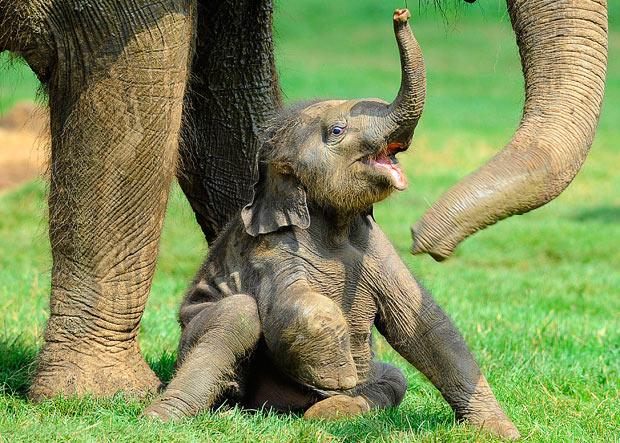
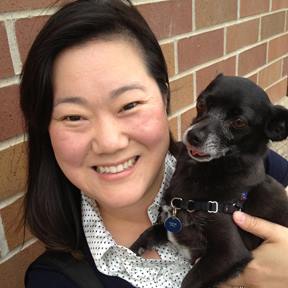

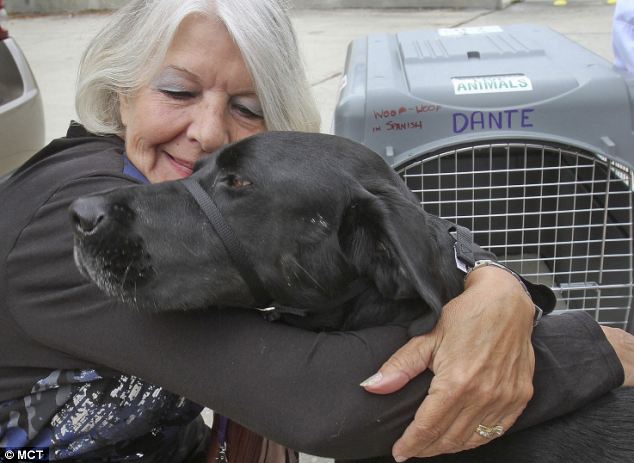
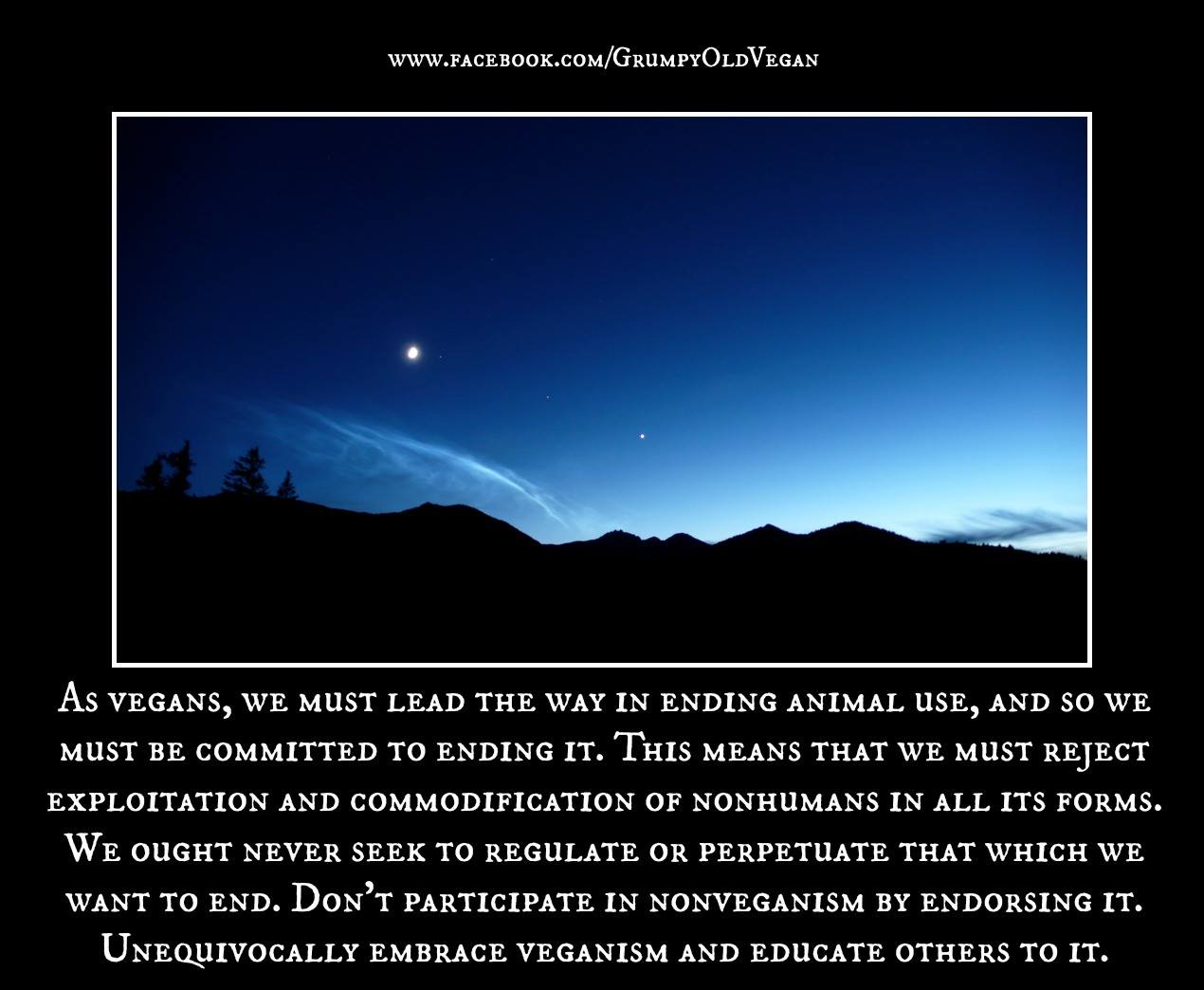


 ass ceilings of their workplaces, by working in fields traditionally dominated by men, by demanding equal pay for equal work; however, none of the advancements made by women have given them secure futures in their old age. They often have to leave work to be caregivers to family members, and lose both opportunities for advancement and robust pensions. When it comes to women animal rights activists, they continue to encounter men in most of the leadership roles, to inherit strategies for activism that were created by men and to operate in social movement structures that men continue to enforce. As women animal rights activists age, if they are visible at all they are many times type-cast as nurturing and lacking the youthful exuberance of the majority of movement members (Barnett, 2005). Their online involvement in activism is too often unquestioning support of the men who run the animal rights groups. They become groupies who seek approval through their comments, knowing that any criticism or critical thinking will be deleted.
ass ceilings of their workplaces, by working in fields traditionally dominated by men, by demanding equal pay for equal work; however, none of the advancements made by women have given them secure futures in their old age. They often have to leave work to be caregivers to family members, and lose both opportunities for advancement and robust pensions. When it comes to women animal rights activists, they continue to encounter men in most of the leadership roles, to inherit strategies for activism that were created by men and to operate in social movement structures that men continue to enforce. As women animal rights activists age, if they are visible at all they are many times type-cast as nurturing and lacking the youthful exuberance of the majority of movement members (Barnett, 2005). Their online involvement in activism is too often unquestioning support of the men who run the animal rights groups. They become groupies who seek approval through their comments, knowing that any criticism or critical thinking will be deleted.